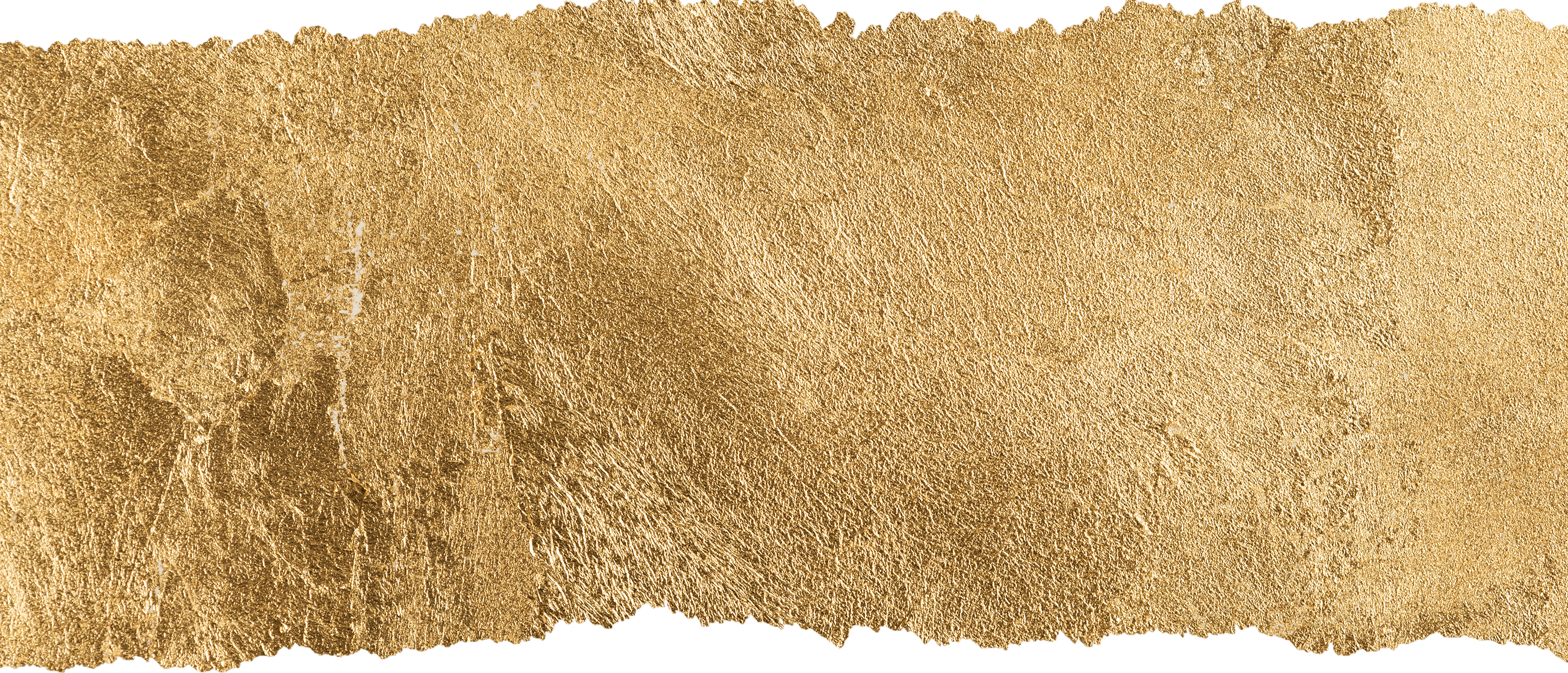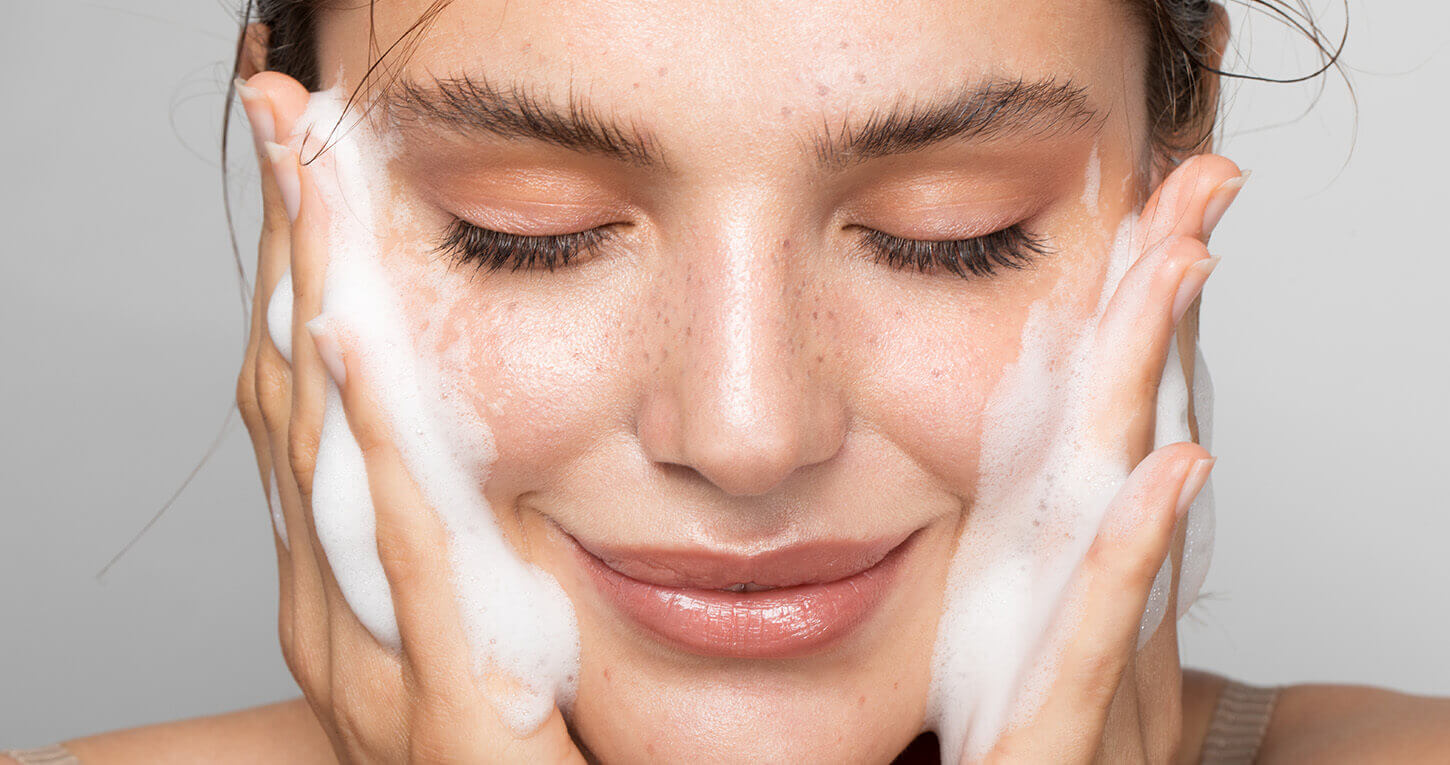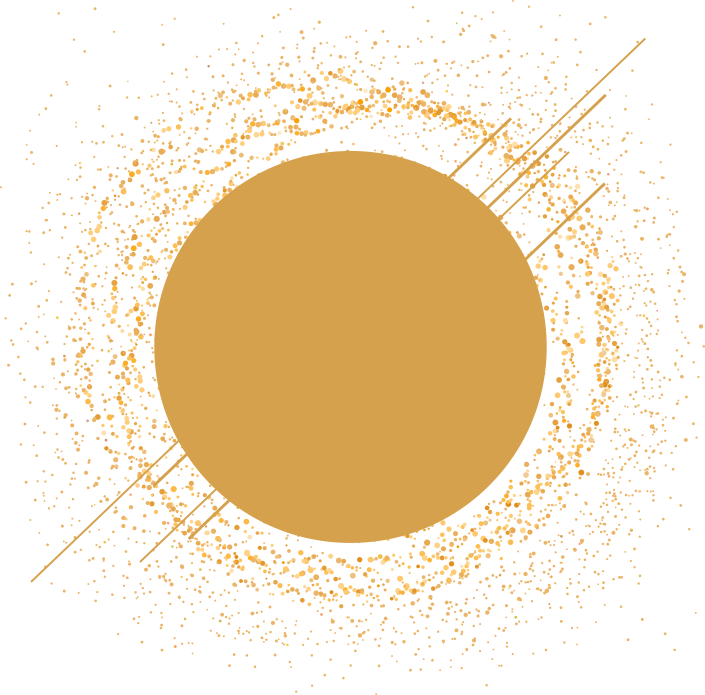Cosmeceuticals are cosmetic products that contain biologically active ingredients, which are proposed to enhance skincare efficacy. These professional-grade products are scientifically formulated to improve skin health and prevent as well as repair damage caused by the environment, inflammation and internal biological triggers; these include hyperpigmentation, redness, acne, and other visible signs of ageing such fine lines, wrinkles and skin laxity. Cosmeceuticals are essentially a bridge between prescription-based medical, pharmaceutical products and over-the-counter cosmetics. However, unlike cosmetics, such as the ones typically found in department stores or on the high street, cosmeceuticals provide research-proven results that are backed by high-quality science. At Sloane Clinic, we work with leading, highly respected cosmeceutical brands including Skinceuticals, Obagi and ZO Skin Health. Patients undergo advanced in-clinic skin assessments using next-generation computer-based imaging such as the VISIA complexion analysis platform.
-
ATMOSPHERIC SKIN AGEING - WHAT IS IT?
Atmospheric skin ageing refers to both visible and invisible skin ageing resulting from exposure to certain environmental aggressors or reactive agents found in the atmosphere. Amongst the most important of these atmospheric aggressors are invisible UVA/UVB and infrared-A (IR-A) irradiation from both sunlight and artificial light as well as ground-level ozone (O3) pollution. We are constantly exposed to atmospheric aggressors, whether inside or outside the home, which continually attack our skin by inducing the formation of charged free radicals that cause internal cellular damage. Indeed, UVA/UVB can penetrate clouds and even glass, so even if you are sitting at home on a cloudy, rainy day, you are still being exposed to these aggressors. They are also found in artificial light (such as from fluorescent lamps, LEDs, computers or mobile devices) and so exposure to this will also lead to skin damage that continue well after sunset or even in the confines of a room without natural sunlight. Superficially, this damage is visible as fine lines, wrinkles, inflammation, sagging, and hyperpigmentation or discolouration.
-
BROAD-SPECTRUM SUNSCREEN
The first line of defence against atmospheric aggressors are broad-spectrum sunscreens that partially block and absorb both UVA and UVB rays through a combination of physical particles and chemical ingredients. Physical particles such as zinc oxide and titanium oxide are used to deflect or scatter the radiation before they can cause damage by generating free radicals. Simultaneously, complex chemical ingredients (such as octocryelene, avobenzone and ecamsule) in the sunscreen react with and absorb the rays, releasing the energy as harmless low-level heat. It is essential to check that the sunscreen you use is broad-spectrum as many sunscreens on the market contain ingredients that only block UVB rays, providing insufficient protection against harmful UVA radiation.
-
TOPICAL ANTIOXIDANT SERUM
Although broad-spectrum sunscreens are a vital pillar of evidence-based skin protection against atmospheric aggressors, sunscreen filters may only protect skin from up to 55% of free radicals. Consequently, it is essential to combine a sunscreen with an antioxidant, which are compounds that essentially donate electrons to neutralise free radicals or prevent them from forming in the first place. There are several commonly known antioxidant ingredients including Vitamin C (such as L-Ascorbic acid), Vitamin E (such as alpha-tocopherol) and Vitamin A (such as retinol) as well as some lesser-known ones such as phloretin, ferulic acid, niacinamide (Vitamin B3) and reservatol. Leading cosmeceutical antioxidant products such as Skinceuticals CE Ferulic® and Phloretin CF® will contain a combination of antioxidants that have been highly purified and stabilised as well as being carefully selected to act synergistically, enhancing their combined efficacy. High-grade antioxidants are also carefully formulated to a specific pH and concentration to optimise their skin penetration and efficacy. The combination of a broad-spectrum sunblock and high potency antioxidant serum provides a powerful double-defence against atmospheric ageing.
-
DEVELOPING CUSTOMISED SKINCARE REGIMENS
Cosmeceutical products are clinically proven to be beneficial on their own but are also designed and formulated to work synergistically with each other. Indeed, they can deliver greater results when used as part of a customised skincare regimen. At Sloane Clinic, our skincare professionals are extensively trained to develop skincare routines utilising the leading cosmeceutical products to address the unique conditions and challenges of an individual patient’s skin. This highly bespoke approach to skincare improves the health and appearance of the skin in an optimal manner using the ideal combination of clinically proven products.
-
COMPLEMENT RESULTS WITH IN-OFFICE TREATMENTS
At Sloane Clinic, we have developed an integrated skincare approach utilising leading cosmeceutical products that are designed to work synergistically with clinical procedures and other professional in-clinic treatments to deliver substantial improvements in skin health and complexion. For example, we offer bespoke treatment packages that combine everyday cosmeceutical products with monthly Hydrafacial MD® skin booster treatments to work at different layers of the skin and target different aspects of skin health to optimise skin quality over the long-term. Similarly, patients treated with hyaluronic acid fillers or receiving anti-wrinkle treatments in the clinic are also provided with specific cosmeceutical products at home that further boost natural hyaluronic acid and collagen production. Patients suffering from acne, rosacea, visible signs of ageing or hyperpigmentation may receive synergistic benefit from combining advanced LED phototherapy, Hydrafacial MD®, or Morpheus8® treatments as well as in-clinic medical-grade facials in parallel with specially formulated cosmeceutical products designed to target different aspects of their skin condition.
-
SELECTING THE RIGHT SKINCARE PRODUCTS
PITFALLS of CHOOSING skincare
Few products generate as much confusion, misinformation, and apprehension as skincare. This is unsurprising given the immense number of different brands and products on the market, combined with often poorly substantiated marketing claims. Typically, an individual’s choice of skincare will depend on factors such as convenience, peer-to-peer recommendations, celebrity or social media endorsements and simple ‘trial and error’. However, none of these decisions are in any way an adequate substitute for proper scientific scrutiny. Indeed, there is a general lack of awareness amongst consumers on the absolute importance of choosing products that have been carefully tested for effectiveness using high-quality scientific research, and which have demonstrable ability to deliver real results in patients.
POWERFUL INGREDIENTS ARE ESSENTIAL
Cosmeceutical products contain high concentrations of pharmaceutical-grade active ingredients that have been clinically proven to improve skin health and appearance significantly. These active ingredients are carefully chosen based on how they interact with each other, on the skin, and within the product formulation itself. Conversely, the combination of ingredients, the mechanism of delivery, and the formulation of a well-designed product can, in turn, optimise the effectiveness of its individual ingredients.
NOT ALL COSMECEUTICALS ARE EQUAL
Even though cosmeceuticals are substantially more effective than cosmetics, there are several different cosmeceutical brands and products available that differ significantly in their efficacy, purity, stability and quality of assessment through scientific research. For example, leading brands such as SkinCeuticals ensure that their formulations are based on optimal concentrations of active ingredients. They are the leading antioxidant authority in the world with four generations of topical antioxidant formulations, ten patents, and more than two hundred studies published in prestigious medical journals. During product development, they utilise a network of leading scientists from the fields of biology, chemistry, biophysics, and medicine, using the latest dermatological research to develop products that optimise skin health safely and effectively. Their products have been designed, formulated, and tested for effectiveness in carefully controlled studies that are conducted on commercially available formulations.
In contrast, other companies may have a much more limited research and development capability, which can compromise their ability to innovate, test and develop their products. This may mean, for example, that they may assess the efficacy of their products based on one active ingredient, often at a much higher strength than the concentration found in the final product itself. Furthermore, their products may lack the same efficacy, stability, purity or skin penetrability as compared to products from leading cosmeceuticals brands due to the nature of their formulations.
-
SCIENCE of SKIN AGEING
WHAT ARE FREE RADICALS?
Free radicals (also called reactive oxygen species) are unstable, highly reactive molecules that have one or more unpaired electrons. To gain stability, they attack stable molecules by stripping them off one or more electrons, resulting in a chain reaction that damages healthy cells. Our body purposely produces certain free radicals to destroy viruses and bacteria. However, atmospheric aggressors can cause an overload of various forms of free radicals in our cells, leading to a state of oxidative stress where there is an imbalance between the production of free radicals and the ability of our cells to counteract and neutralise them. This excessive, uncontrolled free radical formation can damage the skin cellular structures, including DNA, lipids and proteins, leading to premature skin ageing, inflammation, pigmentation and potentially even skin cancers.
WHAT IS PHOTOAGEING?
Photoageing is the premature ageing of the skin resulting from prolonged and repeated exposure to primarily the sun but also artificial light. It is principally caused by invisible ultraviolet light (specifically UVA, and to a lesser extent UVB), which penetrate the skin causing damage to collagen fibres and generation of abnormal elastin production. The ultraviolet rays also disrupt melanin production, trigger inflammation and damage both blood vessels and lipid barriers. These effects lead to the development of various pigmented lesions such as freckles, melasma, solar lentigines and uneven skin colour. Damage to the blood vessels can result in telangiectasia, spider veins and venous lakes. Chronic inflammation can be visible as generalised redness, acne, and rosacea. Loss of collagen and elastin can lead to the formation of fine lines and wrinkles as well as increased skin laxity. There is also increasing evidence that sunlight can results in a depletion of subcutaneous fat in chronically exposed areas, which can also promote volume loss and sagging.
WHAT IS THE DIFFERENCE BETWEEN PHOTOAGEING AND CHRONOLOGICAL AGEING?
Chronological ageing describes the intrinsic (or pre-programmed) ageing that occurs in our skin that is determined by our genes. Photoageing describes the most common cause of extrinsic ageing resulting from environmental exposure. Unlike chronological ageing, the effects of photoageing are preventable and potentially reversible (although there is currently a lot of scientific research into therapies and drugs that may also prevent and reverse chronological ageing). Photoageing is characterised by damage to the normal skin structures and functions caused by exposure to sun and artificial light. Skincare products, in particular medical-grade professional cosmeceuticals, target both the causes and consequences of photoageing.
WHAT ARE UVA/UVB RAYS?
Exposure to the solar radiation (ultraviolet, visible and infrared light) is the main contributor to atmospheric skin ageing (so-called photoageing). Indeed, it is proposed that up to 90 percent of the visible signs of ageing (spots, wrinkles, pigmentation and even sagging) are caused by sun exposure. Ultraviolet rays account for only 6.8 per cent of solar light and play an important role in natural Vitamin D3 production in the body. However, due to their short wavelength and high energy levels, they are the most damaging to the skin. UVB radiation can not only directly damage the skin by causing sunburn, but is also a mutagen and key contributor to the development of skin cancer. UVA light has a slightly longer wavelength than UVB and is, therefore, able to penetrate the skin more deeply. UVA was once thought to be less damaging to DNA than UVB and hence is commonly used in artificial sun tanning (beds and booths). However, UVA is now known to cause significant DNA damage through the production of free radicals. It can, therefore, also contribute to the development of skin cancers. It is also the chief contributor to premature skin ageing (hence sunscreens that lack a UVA filter provide suboptimal protection against sunlight-induced skin ageing). UVC light is also almost entirely absorbed by the earth’s atmosphere. Although it is found, however, in artificial light such as LED diodes, it has a very limited range and can not readily penetrate through the outer dead-cell layer of the human skin. Nevertheless, prolonged high-intensity exposure to UVC can be extremely damaging, leading to severe burns, although this is unlikely to be encountered under normal circumstances.
WHAT IS INFRARED RADIATION A (IR-A)?
Infrared radiation makes up 54.3% of solar light that reaches the earth. Similar to ultraviolet light, infrared light is divided into three sub-bandwidths (IR-A, IR-B and IR-C) and is also invisible to the human eye. However, we mainly experience infrared light as heat of the sun. IR-A rays also stimulate the generation of free radicals in the skin and are increasingly being recognised as an important contributor to premature skin ageing. Indeed some estimates suggest that the combination of infrared and visible light (i.e. excluding ultraviolet rays), are responsible for between 10 to 20 per cent of sun damage. However, traditional sunscreens do not protect against infrared light as they principally block UVB and UVA rays. In contrast, antioxidants, found in products such as Skinceuticals CE Ferulic®, provide important protection against the damaging effects of infrared light induced free radicals by neutralising them.
WHAT IS OZONE (O3) POLLUTION?
Ozone is a colourless gas composed of three atoms of oxygen (O3)and occurs both in the earth’s upper atmosphere (stratosphere) and at ground level (troposphere). Ozone can be categorised as being “good” or “bad” for health depending on its location in the atmosphere. Stratospheric ozone occurs naturally forming a protective layer around the earth that shields us from the sun’s harmful ultraviolet radiation and is therefore considered as being “good”. In contrast, tropospheric or ground level ozone is formed through the chemical reaction of oxides of nitrogen and volatile organic compounds. This occurs when pollutants generated by automobiles, power plants, industrial boilers, refineries, cigarettes and other sources react with each other in the presence of sunlight. Ground level ozone pollution is considered as being “bad” as it leads to the formation of free radicals and the oxidisation of lipids and skin oils in the outer layer of the skin resulting in the depletion of squalene, the skin’s most abundant natural antioxidant defence. This triggers a cascade of damaging effects with the production of volatile toxins that can harm the deeper skin layers and lead to premature skin ageing. The daily use of certain topical antioxidants such as CE Ferulic® and Phloretin CF® may help to reduce the damaging effects of ground level ozone by neutralising free radicals, as demonstrated by recent ground-breaking studies (Skinceuticals).









